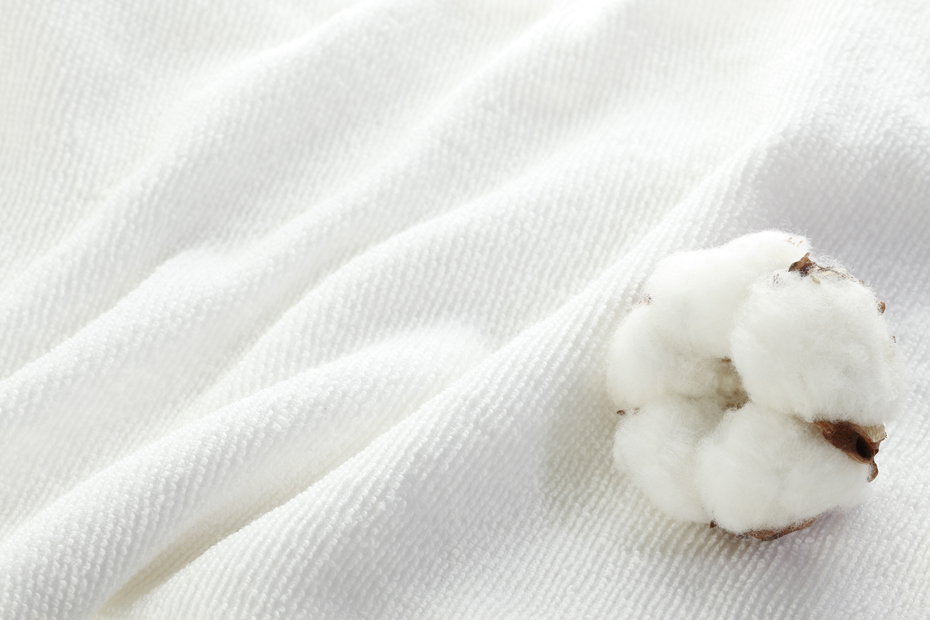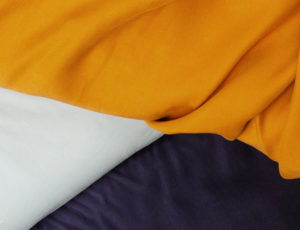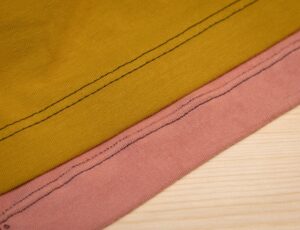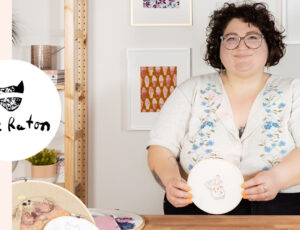
Satin and silk, nylon and polyester or even cotton stretch and Jersey; when the time comes to start sewing, we hear a lot of names or terms and it can sometimes be easy to get confused! In every term, there’s a fiber and a fabric. Here is an overview that will allow you to be able to distinguish and understand the process behind the raw materials and the finished fabric found in stores. Here is how to differentiate the fabrics from their fiber components.
Raw materials and where they come from
For starter we can divide fibers into two main categories; natural fibers and man-made fibers.
First off, natural raw materials are made with vegetable fibers, animal fibers and also mineral fibers. Cotton and linen are made from plants, as well as wool and silk which are made from animal origins. Afterwards, there’s the man-made fibers, which includes
natural polymers, synthetic polymers and inorganic fibers.
Here is a chart regrouping all textiles in their group and subgroup.
The transformation to yarns
For the natural fibers like cotton, we start by collecting and packing them in order to transport them to the factory. Afterwards, we unpack them to sort out the fibers from their waste or impurity. The fibers are then divided, aligned and stretch out to form a continuous flow. In this stream, the shorter fibers are taken out and the remaining fibers are transformed into wicks, with the help of a slight twist, then into yarns of different sizes according to their future use. The yarns are finally put on reels.
As for man-made fibers, it’s oil or its derivatives which undergo, for the most part, extreme heat. The substances are melted in a large bath, transformed into pellets, then recast and passed through a channel, it’s a kind of filter from which the liquid emerges through fine holes and then cooled by a stream of cold air and stretched to reach a length of three to four times greater than its initial size. The end product is then put on reels.
The transformation to fabrics
Woven fabrics are made according to the same principle as a traditional loom. However it’s produced on a larger scale. There are different kinds of crafts depending on the kind of fabric desired. For example, the Jacquard looms are more complex than cloth weaving loom; which makes it possible to do more difficult designs like brocade. Furthermore, it’s possible to insert during weaving, multiple yarns that will change the fabric proprieties, like decorative curls and heather yarns or even a Spandex yarn that will allow the fabric to have slightly more stretch.
Knitted fabrics, generally called knit, are executed on a machine specialized for knitted fabrics, where it forms a continued fabric like the machines used for weaving, or a circular fabric said tubular. Here the machine uses the same concept as knitting by hand. However the result comes out thinner, so when we need to distinguish the mesh, we need to look at the fabric very closely. With this method, a fabric can have a stretch propriety, even without adding any elastic fibers like Spandex. That way, a knit entirely made from cotton can be stretchy, in contrary to a fabric with the same fiber composition.
Nonwoven fabrics, like felt or vinyl are manufactured a different way. In fact, we make felt with a mix of processes including steam, heat, precision and fulling, where we compress and beat the fibers until they obtain the desired result. We can sometimes proceed with a different technique where a bed of needles pierces the fabric and enters the fibers a little more each time to form a uniform and resistant fabric. As for other nonwoven fabrics like vinyl, the fibers are bonded by thermos welding or with the use of binder, such as glue.
To better understand, here are some examples of woven, knitted and nonwoven fabrics you can find.
The finishing
After the weaving process, it is sometimes necessary to put the fabric through different chemicals or mechanical process, to either visually change the fabric or to add new properties.
Here is a list of the most common techniques:
– The dyeing process: Fabric made from natural fibers often need to get dyed in contrary to synthetic fibers that are dyed during the yarn process.
–The whitening process: Gives the fabric a white color, or allows it to be dyed in a lighter shade.
-The impression process: The patterns are present on only one side of the fabric.
-The scraping process: To create the fluffy aspect often found in flannels.
-The calendaring process: This creates, among others, the taffeta moire.
-The lamination process: This allows to stick two fabrics together to then create a single fabric, often reversible.
–The flame retardant process: makes the fabrics difficult to be flammable, usually used for in restaurants or in public places.
-The water repellent finish process: Allows the protection against water, often used on tent fabrics or on winter clothes.
Multiples combinations are possible when it comes to fibers and the construction of fabrics. That’s why it’s important to know your needs when shopping for a fabric. So when you are looking for a cotton fabric, ask yourself which type of cotton fabric would work the best for your desired project: woven cotton stretch or knit cotton? For your dress, do you need satin from silk or satin from polyester? And for a t-shirt, a jersey fabric or a silk or cotton rayon?







